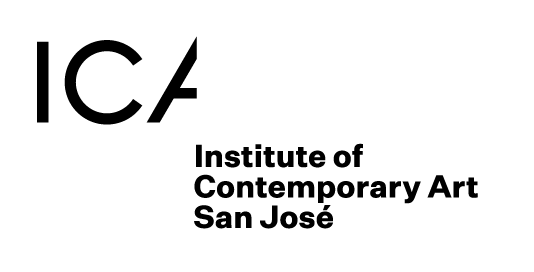Parallax Views
March 2 – May 25, 2013
Parallax: An Apparent change in the direction of an object, caused by a change in observational position that provides a new line of sight […from Greek parallaxis, from parallassein, to change] American Heritage Dictionary
Whether by photographing environments they have constructed, or through deconstructing and reworking photographs they have taken, all the artists included in Parallax Views offer the viewer a new line of sight. Faced with the contemporary overload of images, these artists have altered, blended, and re-mixed in order to offer revitalizing views of the world.
In contrast with straight photography, each of these works shows evidence of some kind of modification – occurring either before or after the image capture. Rather than employing photography in the traditional practice to directly depict reality, these artists bend the dynamics of the medium and create works that actually are unbelievable, thereby challenging the notion of photography’s historic relationship to visual truth.
Liz Hickok, Lori Nix and Tracey Snelling fabricate miniature worlds and document them photographically, creating disorienting alterations in scale. Hickok goes on to create a maquette (based on her photos) and records a video that portrays a surreal version of the ICA’s exhibition space. One has a sense of dislocation while entering these improbable, dreamlike settings.
In the works of Elizabeth Bryant, Alex Clausen and Laura Plageman, the interplay between sculptural and photographic information brings about perplexing compositions. Bryant documents unlikely landscapes staged with food elements paired with printed posters. Clausen alters objects in his photographs to create silhouetted imagery, and Plageman photographs landscapes, alters the print, and then re-photographs it. Through disruption, reorganization, and an oscillation between image and object, these works synthesize more than one vantage point.
Allison Hunter, Matthias Geiger and Georg Kuettinger use the computer to alter the visual orientation of their subjects. Hunter completely edits out backgrounds to relocate and reinterpret her subjects. Geiger digitally deconstructs his images to allow past, present and future moments of physical presence to appear simultaneously and Kuettinger offers multiple perspectives by stretching, shifting, and compressing images of open wilderness.
In the works of Kathryn Dunlevie, Elise Irving, Jennifer Williams, and Patrick D. Wilson, photographs are used as raw material for imaginative constructions. Through Dunlevie’s photographic collages and Irving’s lightboxes with layered images, the artists investigate apparent inconsistencies in time and space as well as explore ideas of multiple realities and unseen dimensions. Williams’ site-responsive installation of ladder cut outs allows viewers to consider overlooked idiosyncratic elements. In his three-dimensional piece built from photographs, Wilson strives to create works that “contain a depth within the surface.”
The artists are based in the Bay Area, Los Angeles, Houston, New York, Minnesota, and Germany. Seen as a group, their works offer a multifaceted vision of our time, a map with an array of possible routes toward some understanding of the abundance we face — a collection of parallax views.
